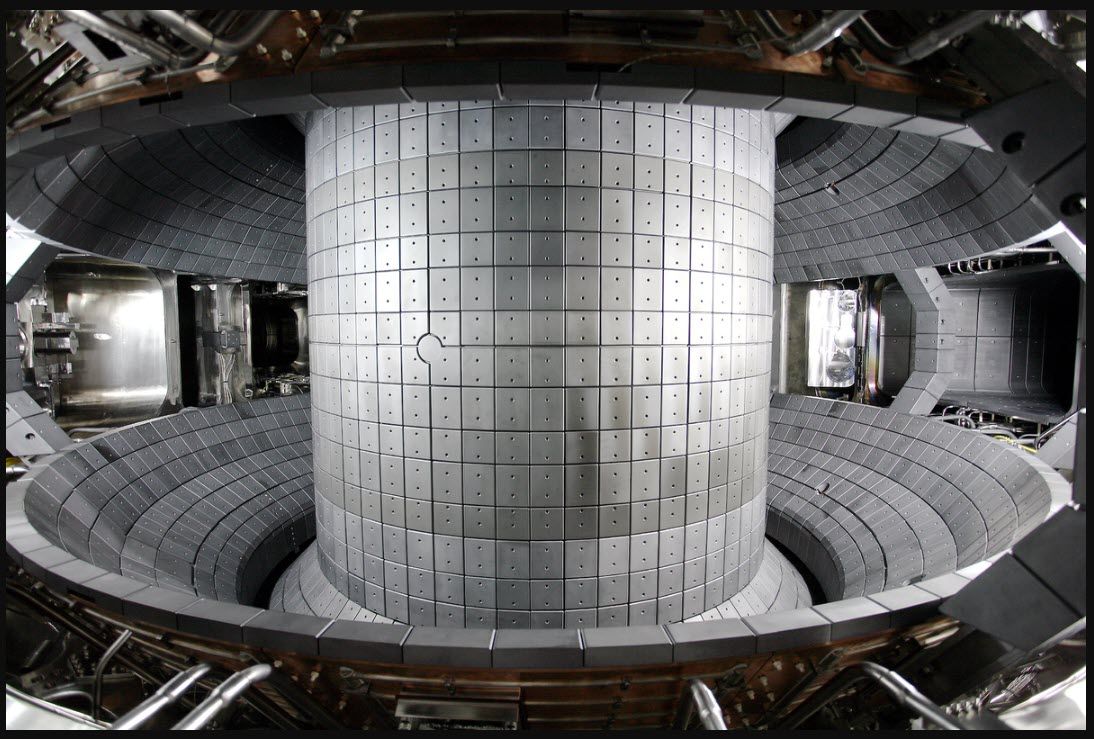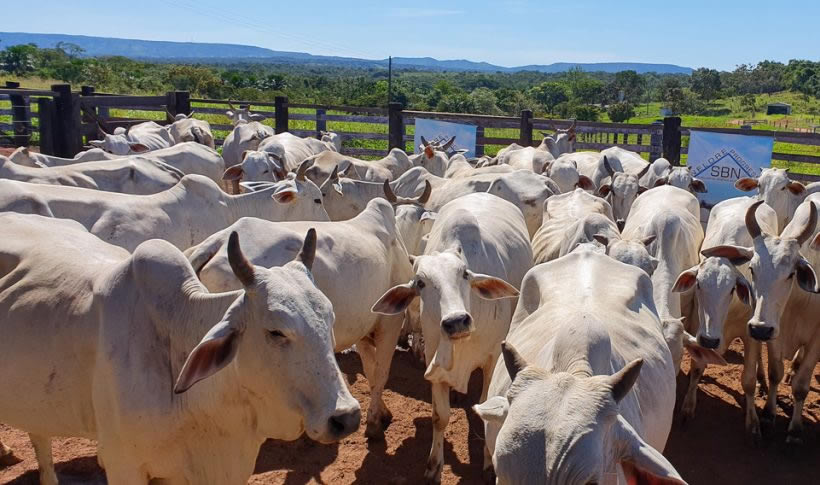The power of DEPs in modern livestock: a scientific journey and the challenge of racialized conservation
for every Alexander Bispo* –– Currently, in modern livestock breeding, expected progeny differences, or EPDs, have become a real fad. Producers, selectors, auctioneers and all those involved in animal husbandry intensively explore this valuable information. However, it is important to stress that DEPs are not just a passing trend or a collection of items for marketing purposes. They have a solid scientific basis and represent a major advance in genetic selection.
But how and where did DEPs start?
DEPs are actually a scientific development with deep roots in genetics and quantitative genetics. It’s not just a fad, but a decision-making tool based on decades of research and development. The process that led to the creation of DEPs began at the beginning of the twentieth century, when the first genetic selection efforts were based primarily on monitoring the physical characteristics and production records of animals.
As knowledge of genetics and statistics advanced, prominent scientists such as R. A. Fisher, Sewall Wright, and J. Loesch played crucial roles in developing advanced methods for assessing the genetic value of animals. They formulated complex statistical models to estimate how genes affect animal traits and how those traits are passed on to offspring.
Thus, EPDs have emerged as a scientific tool that uses genetic information, such as lineage, pedigree and performance of animals, to estimate genetic value with respect to specific traits, such as weight gain, milk production or meat quality. Therefore, while DGs are at the forefront of modern livestock farming, they are based on sound scientific principles and represent advances that benefit food production, efficiency and livestock health.
My producer friend, although some skeptics may question the validity of the predicted progeny differences, we can confidently say that it represents an undeniable milestone in the evolution of livestock breeding. These tools are not just a trend, they are the result of proven scientific work based on decades of research.

DEPs have revolutionized genetic selection, allowing producers and breeders to make informed decisions to improve the production, health and efficiency of their herds. However, it is important to realize that the true effectiveness of DEPs lies in their integration with the preservation of the racial characteristics of the animals. This represents a crucial challenge for breeding geneticists, as it is necessary to maintain a balance between the search for desirable characteristics and the preservation of breeds.
Therefore, DEPs should not be ignored, but rather used wisely and sensibly. They represent a valuable tool in modern cattle breeding, but true excellence will be achieved when we combine genetic potential with the preservation of racial characteristics. This is the major challenge facing genetic producers, as the search for efficiency and preservation of breeds are two goals that must go hand in hand in livestock breeding in the 21st century.
Written by: Alexandre Bispo Economist and rancher at Fazenda Progresso in Paraiso do Tocantins – TO
You want to stay on top Brazilian agribusiness and receive the main news from the sector In the first hand? To do this, just join our group WhatsApp (click here) or Telegram (click here). You can also subscribe to our feed at Google News
Complete copying of the above content is not permitted. Partial reproduction is permitted only in quotation form and with a link to the full content. Plagiarism is a crime according to Law 9610/98.

“Hardcore beer fanatic. Falls down a lot. Professional coffee fan. Music ninja.”






More Stories
A 3.7 billion-year-old magnetic field record gives clues about the formation of life on Earth
Official portal of Campos dos Goytacazes City Hall
Brazilian scientist wins disputed Marie Curie research grant | Sciences